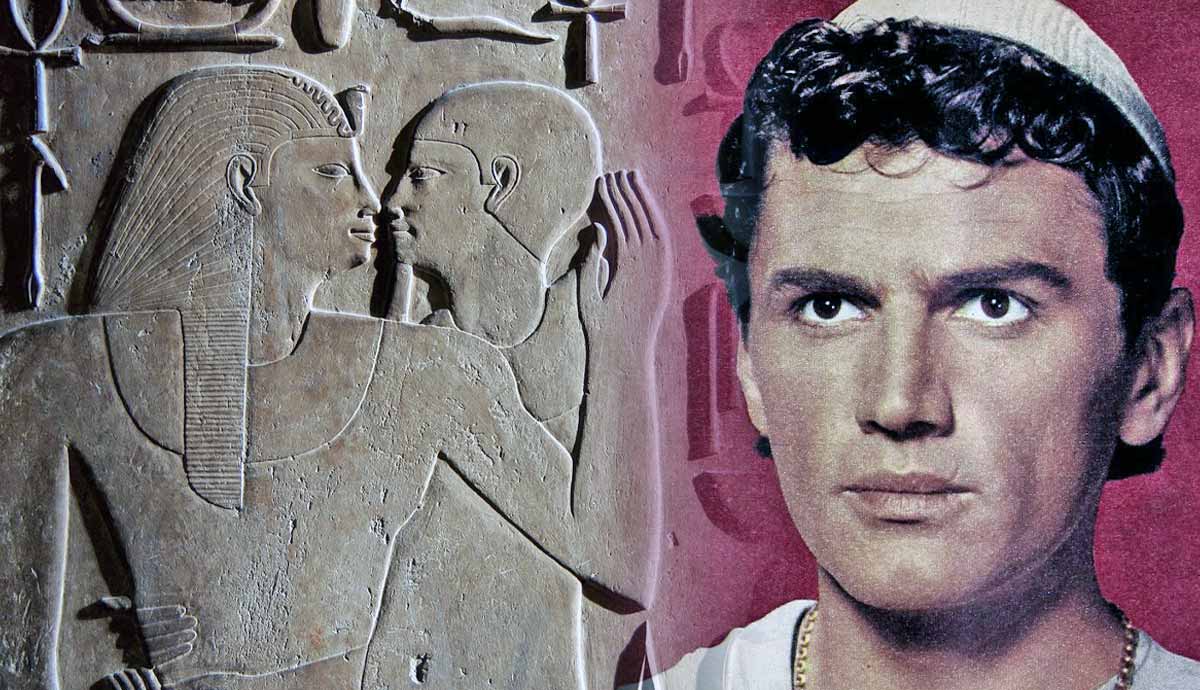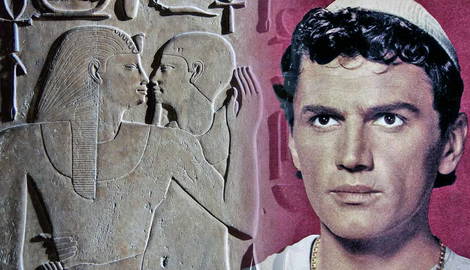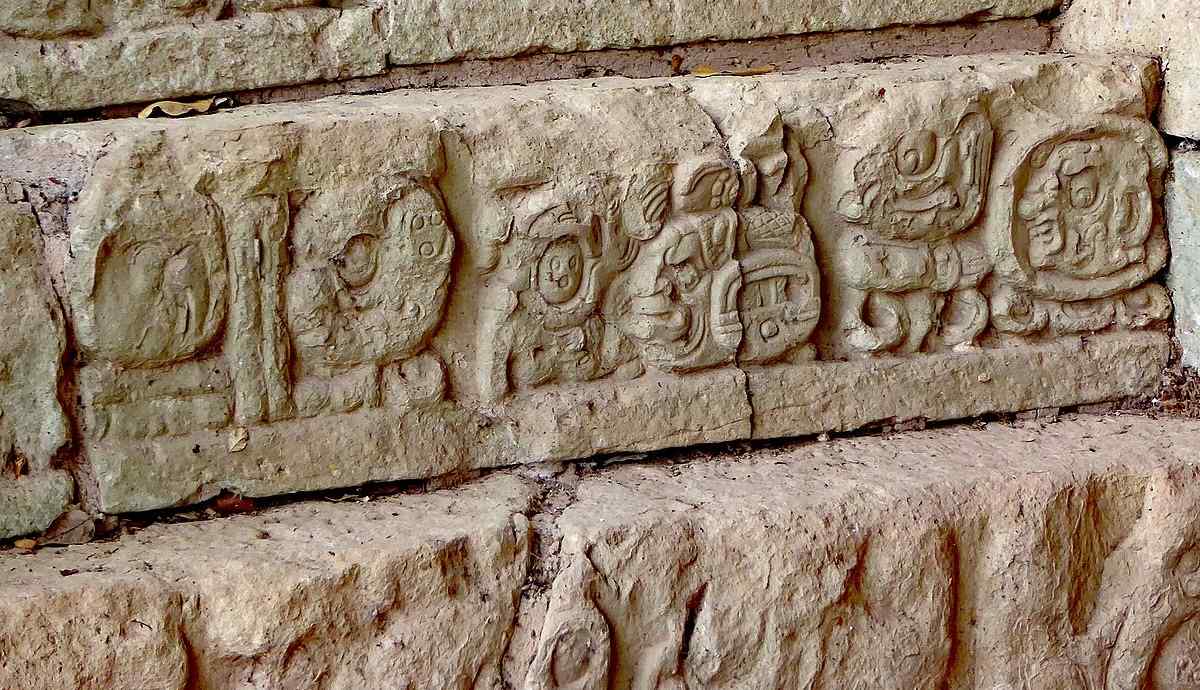
Among surviving examples of ancient Egyptian literature, one poem stands out for its complexity, beauty, and the number of copies that survive. The Tale of Sinuhe is a masterpiece full of suspense and action. It follows Sinuhe, a struggling character seeking redemption.
But who is Sinuhe and what happens in his story? This article will relate the plot of The Tale of Sinuhe. It will also discuss whether Sinuhe was a fictional character or a real person, and why his story is still read and studied today.
What Is The Tale of Sinuhe?

While ancient Egypt had a rich and sophisticated culture that spanned millennia, most of the literature produced by this civilization has been lost to the sands of time. There is a remarkable exception in The Tale of Sinuhe. Several copies of this poem survive, produced over a period of 750 years. So, just as we read Dante’s Divine Comedy (1304–1321 CE) 750 years after it was written, ancient Egyptians were still reading this poem centuries after it was originally composed.
The Tale of Sinuhe is a poem written in verse. It is autobiographical in style, following the life of Sinuhe, who is said to have belonged to the court of the Pharaoh Amenemhat I, the founder of the 12th dynasty. The earliest surviving copies of the poem date to the reign of Amenemhat III, the sixth pharaoh of that dynasty.
The story relates how Sinuhe was forced to flee Egypt. He established a successful life abroad, but sorely missed his home. After a time, the pharaoh asks him to return and take up a place at court. This allows Sinuhe to fulfil his dream of being buried according to traditional customs in his homeland.
The Tale of Sinuhe follows the classic three-act structure familiar from modern novels and films. In fact, it inspired both an acclaimed novel by Finnish writer Mika Waltari and a 1954 epic movie directed by Michael Curtiz.
Act 1: Escape From Egypt

At the beginning of the first act, we are put in the sandals of Sinuhe, a high official in the court of Amenemhat I during the 30th year of his reign. Sinuhe was returning from battle with his armies when he learned that the pharaoh had been killed in a coup. His reaction to the news was to immediately flee the land of Egypt, going eastward.
Sinuhe crossed the Red Sea on a cargo boat that was missing a rudder. Once in Asia, he hid in bushes so nobody would recognize him. While Sinuhe is afraid, it is unclear whether he feared retaliation from the rebels or being accused of complicity in the attack against Amenemhat. Whatever the reason, he crossed the wall that marked the easternmost boundary of Egypt at night, evading the armed guards.
He then crossed mountains and deserts, travelling farther and farther away from his homeland, until he succumbed to exhaustion and dehydration. Nearly dead, a Syrian took pity on him and gave him water and milk and nursed him back to health. Sinuhe then spent a year and a half in Byblos and other towns, until a local ruler named Amunenshi learned of his reputation and invited him to join his court. Although this was certainly a downgrade from being part of the pharaoh’s court, he gladly took the job.
Act 2: Life in Asia

Amunenshi greatly respected the pharaoh and took pride in having Sinuhe in his household. He gave Sinuhe important responsibilities, such as managing the education of his children. He also gave Sinuhe his daughter in marriage, and let him choose a plot of land to build his household. According to Sinuhe, the land he received was fertile with figs, grapes, honey, “wine more abundant than water,” barley, wheat, and cattle.
Despite coming from abroad, Sinuhe became very powerful in his own right. He and his sons became clan leaders and respected members of the Syrian elite. All travellers, Egyptian and other foreigners, were welcome in his home. However, anyone who tried to make trouble in the land was hunted down. Amunenshi continued to send Sinuhe on missions, and he proved himself in combat and as a commander in Syria and the surrounding regions.
One time, Sinuhe was challenged to combat by the leader of another tribe. His wealth and role at Amunenshi’s court was bound to cause jealousy among other clansmen. The combat was set for sunrise. Sinuhe managed to dodge or deflect his opponent’s dagger blows and blade strikes. Sinuhe fought with bow and arrow, soon felling his enemy with an arrow lodged in his throat. He then proceeded to pillage his opponent’s village and became even richer and more prestigious.
Act 3: Thebes Calling

When Sinuhe was at the peak of his career in Asia and had everything a man could want, he still felt empty inside. Aware that he was growing old, he knew that if he stayed in Syria he would be buried according to the local custom, draped in a sheepskin, instead of properly mummified according to Egyptian tradition. Sinuhe knew that without the proper funerary rites, he would not live eternally in the Duat, the Egyptian afterlife. He frequently discussed his homesickness with Amunenshi, but the ruler insisted that Sinuhe stay at his side.

However, Sinuhe’s success in Asia was so great that even the new Egyptian pharaoh, Senusret I, had heard of him. He sent a servant to tell Sinuhe that he was safe from accusation and prosecution and could return to the Egyptian court at Thebes. The pharaoh promised that Sinuhe would have a job and would be awarded a tomb and proper Egyptian burial.
Sinuhe was humbled to receive this message. He returned home and served the pharaoh for the rest of his life.
Did Sinuhe Really Exist?

Egyptologists question whether this is an historical account or a work of fiction. It does start with a well-attested historical fact, the assassination of Amenemhat I. Therefore, it is possible that Sinuhe was a celebrity of sorts who gained fame during his lifetime.
While possible, there is no surviving proof to verify this theory. The tomb of Sinuhe has never been found and there are no corroborating references to Sinuhe outside of the poem. There are also no sources mentioning Amunenshi, however this was probably an Egyptianized version of his Syrian name that would have been spelled differently in local documents.
Consequently, the current consensus is that the tale is a work of historical fiction, with a genuine historical setting but a fictional protagonist. This was not uncommon in Egyptian literature, especially during the Middle Kingdom. Other popular themes were mythical and supernatural topics, as exemplified in the story of The Shipwrecked Sailor.
What Can the Tale of Sinuhe Teach Us?

If The Tale of Sinuhe is not a historical record, what is the purpose of studying it? Although probably a work of fiction, it reveals elements of what life was like in ancient Egypt and the Middle East.
It reveals information about the political organization of small communities in Asia during the early part of the 2nd millennium BCE. They were ruled by local leaders who depended on their abilities to earn the wealth and prestige needed to keep power. Leaders needed to own cattle, win combats, successfully raid other villages, and equitably distribute the spoils of war among their people. There was a hierarchy among the rulers, as made clear by the submission of Sinuhe to Amunenshi, a more powerful regional chief.
The story also confirms the importance of funerary rites and the afterlife in ancient Egypt. Nothing Sinuhe had was more important than following the right procedure to ensure his passage into the afterlife. It was not just a question of dying in his homeland, but receiving the right funerary and burial rites to live eternally in the Egyptian afterlife.
These are just a few examples of what historians can learn about ancient civilizations from ancient literature and ancient art.










